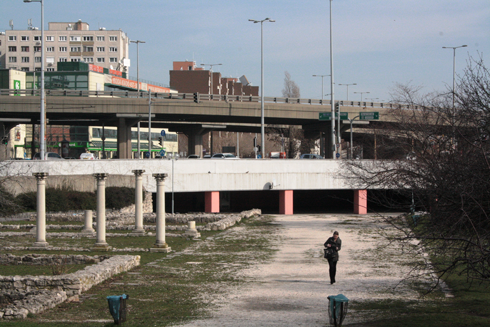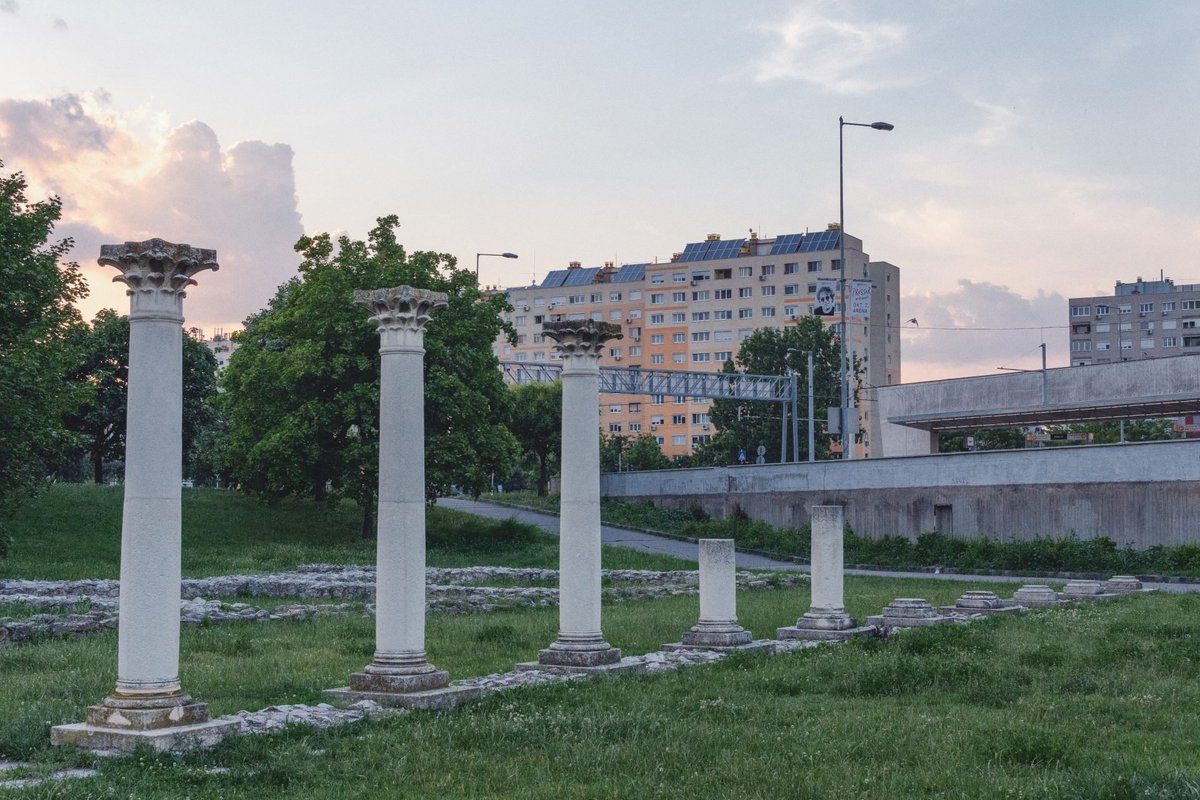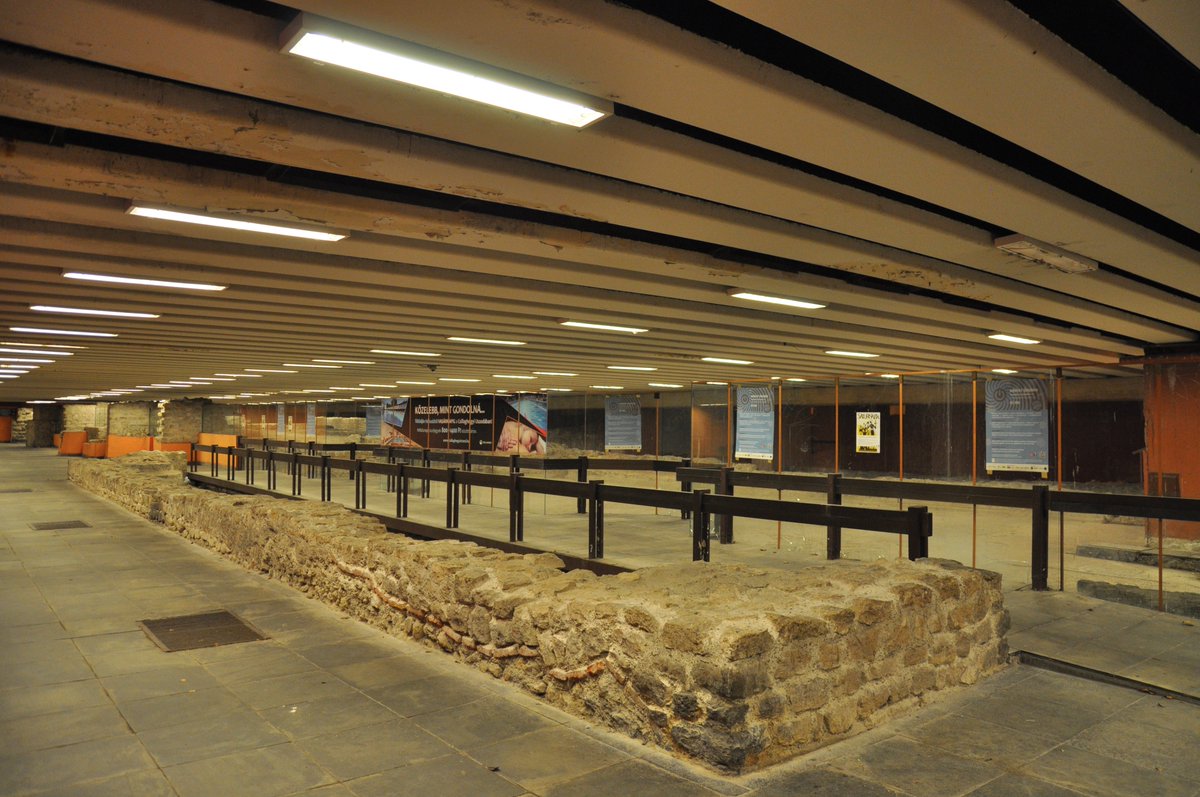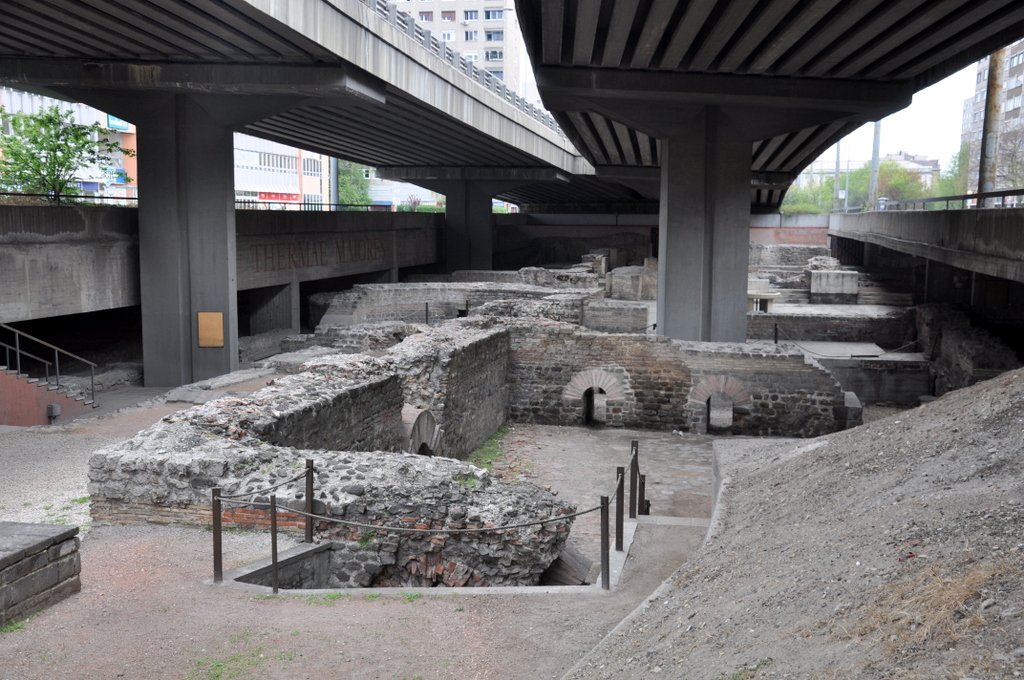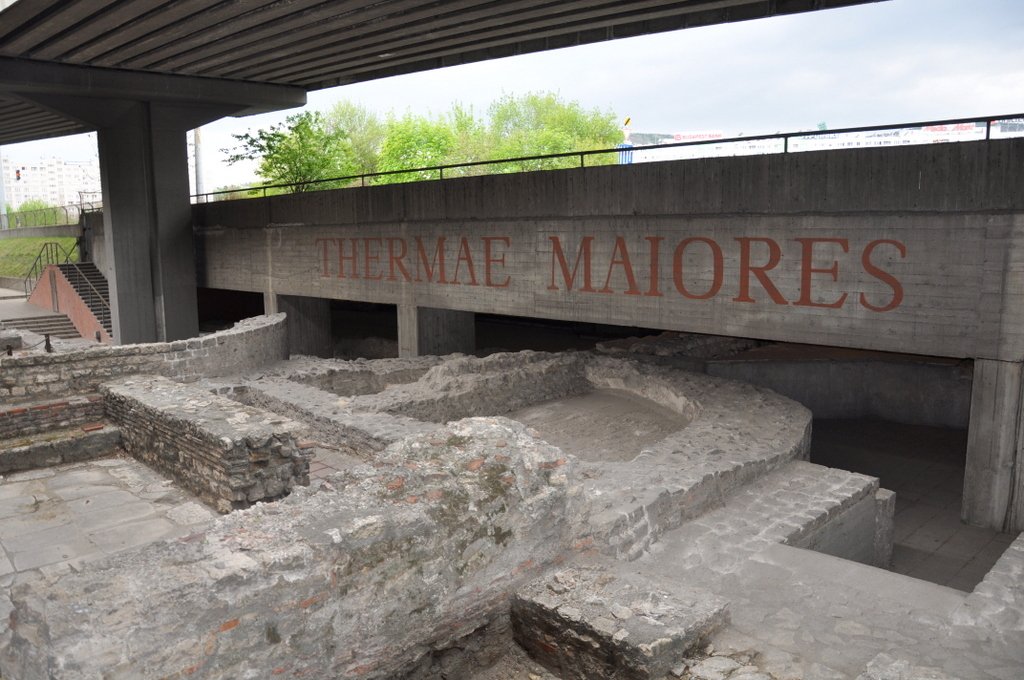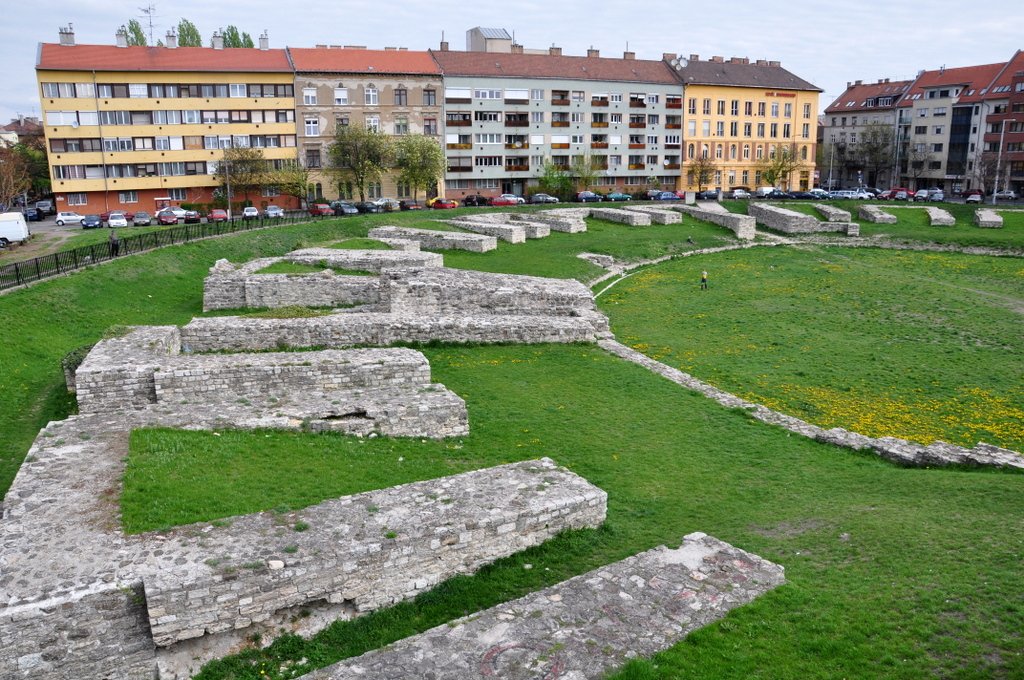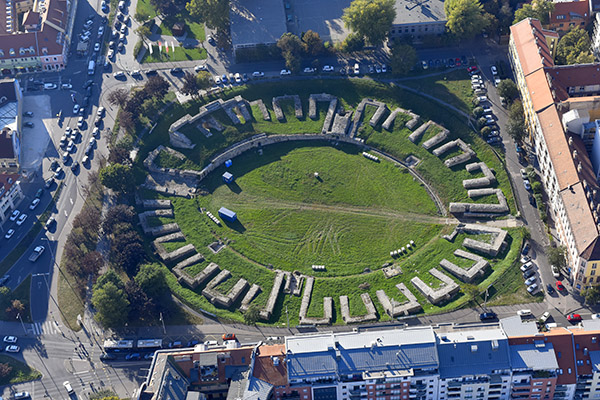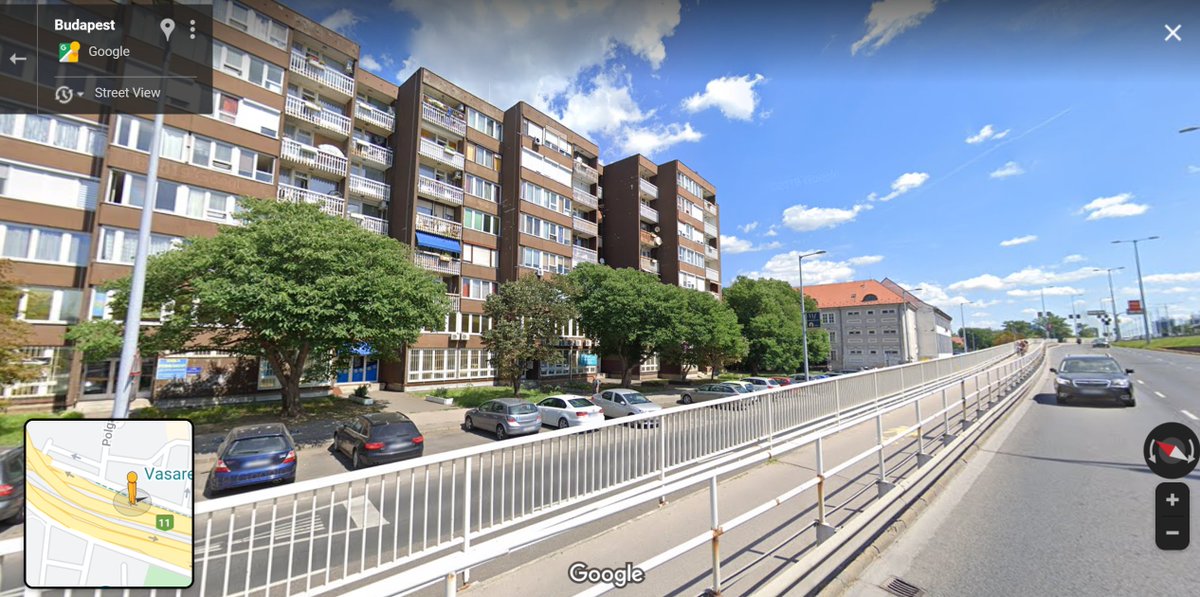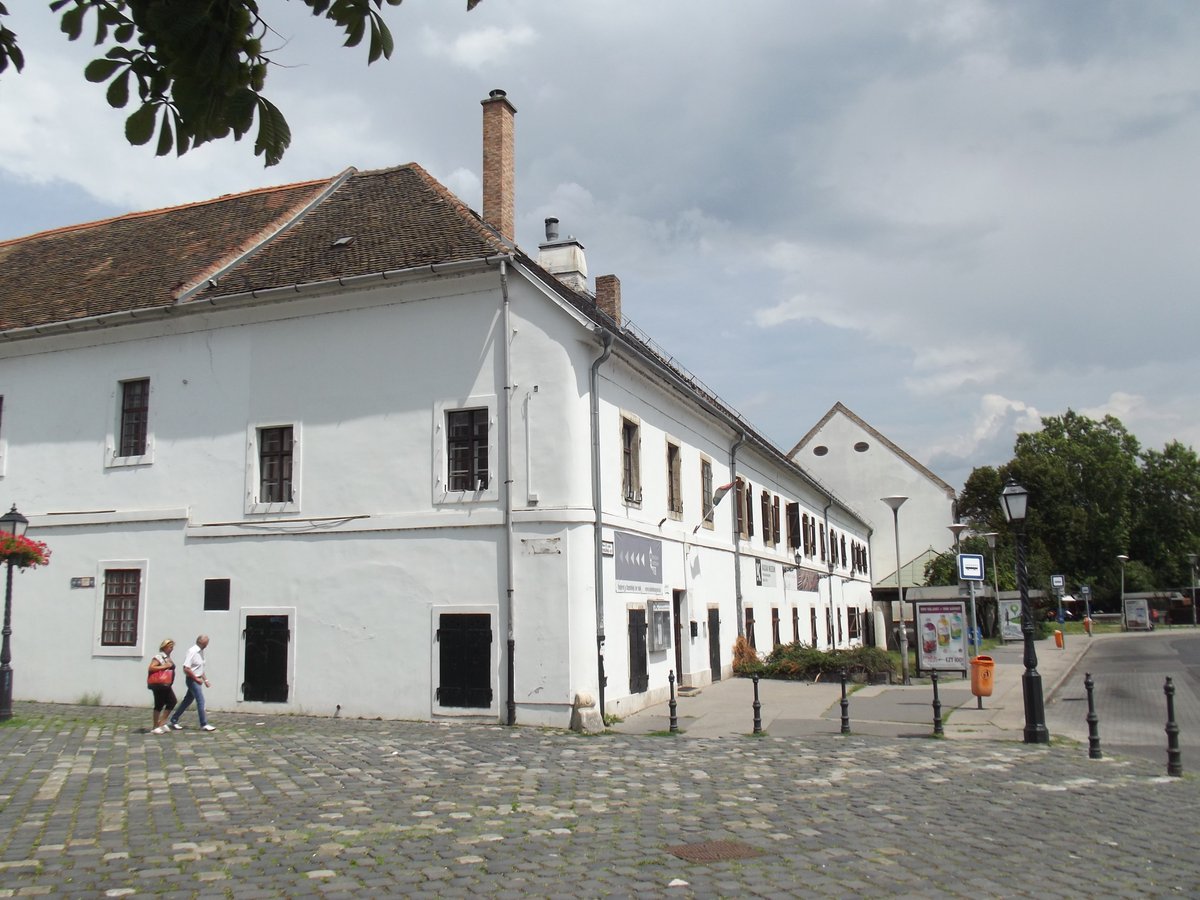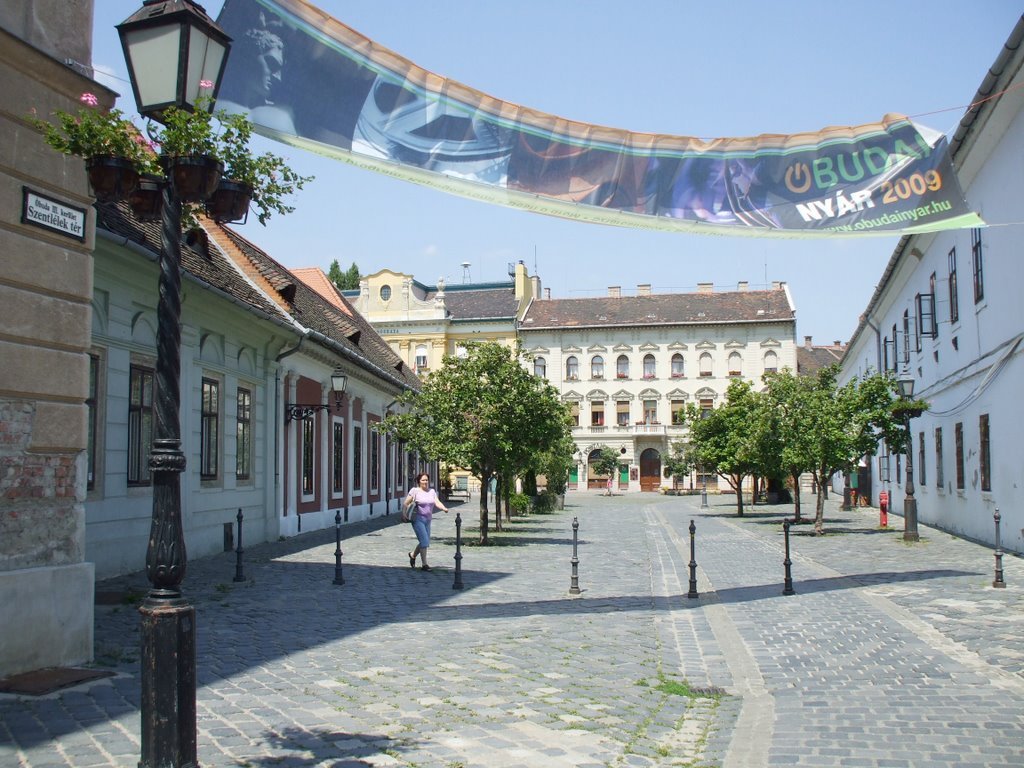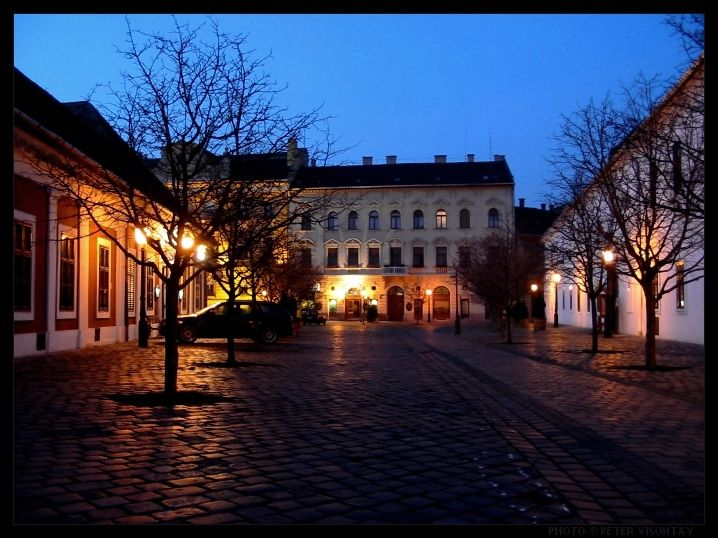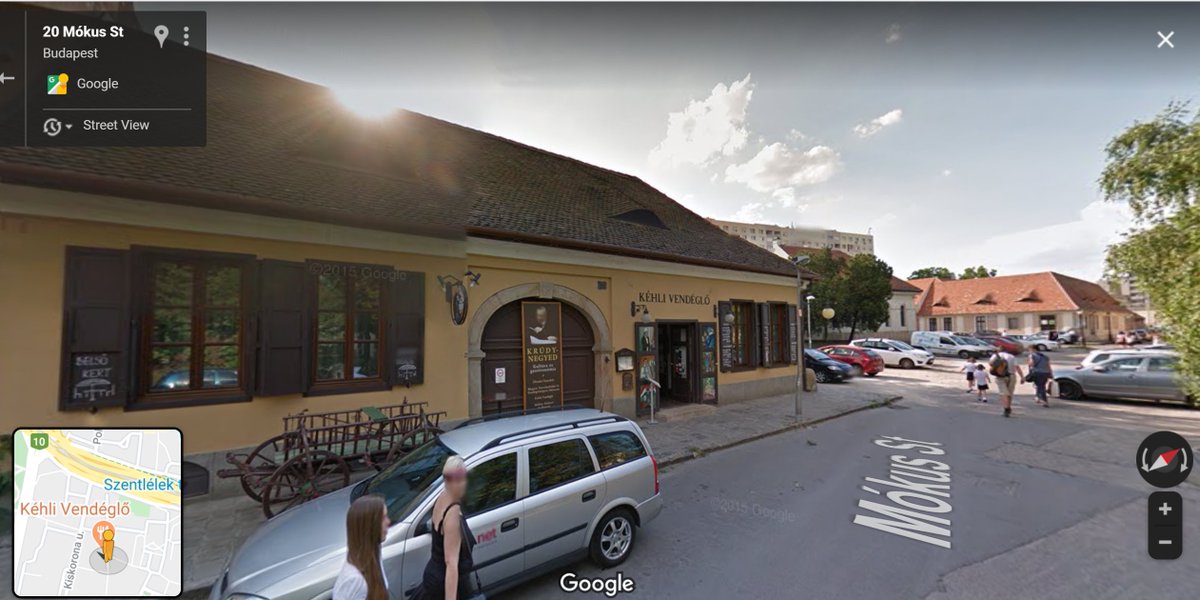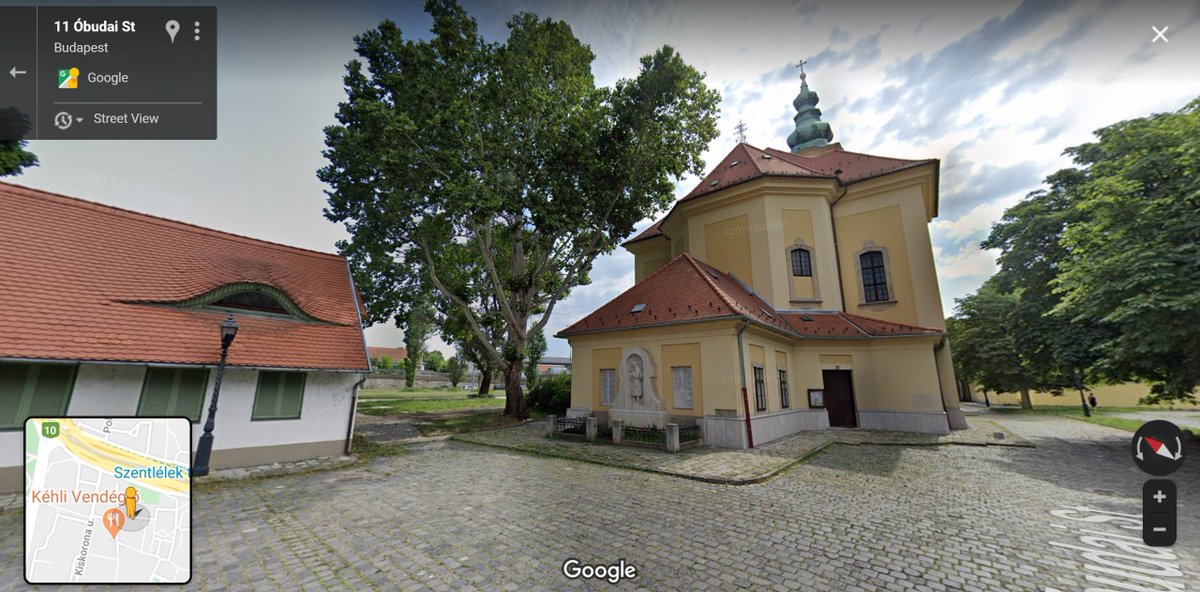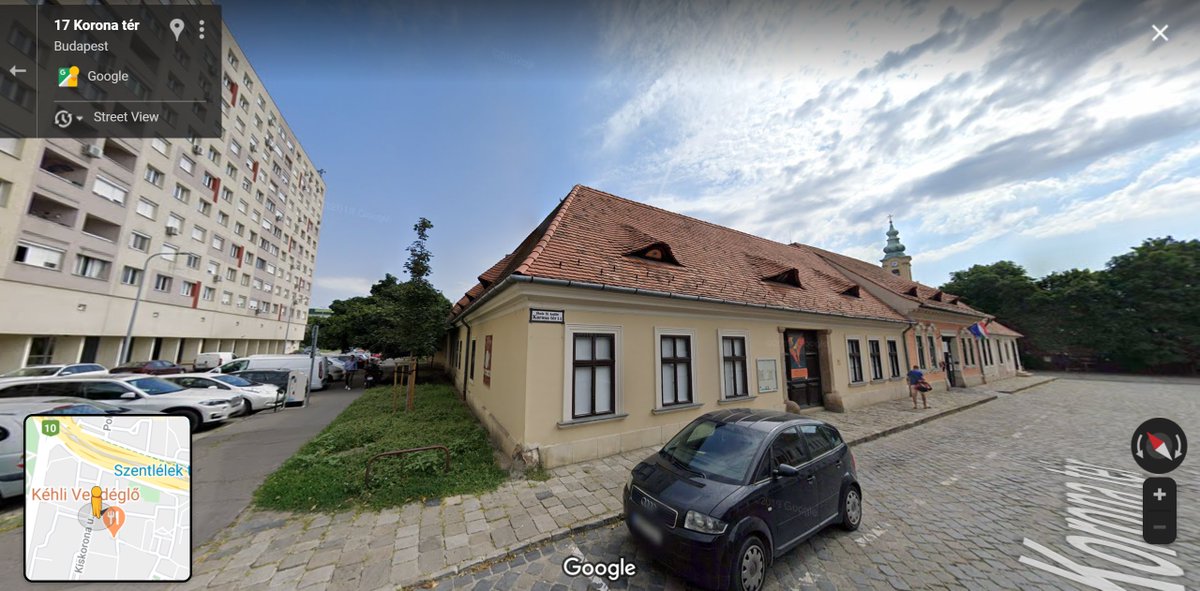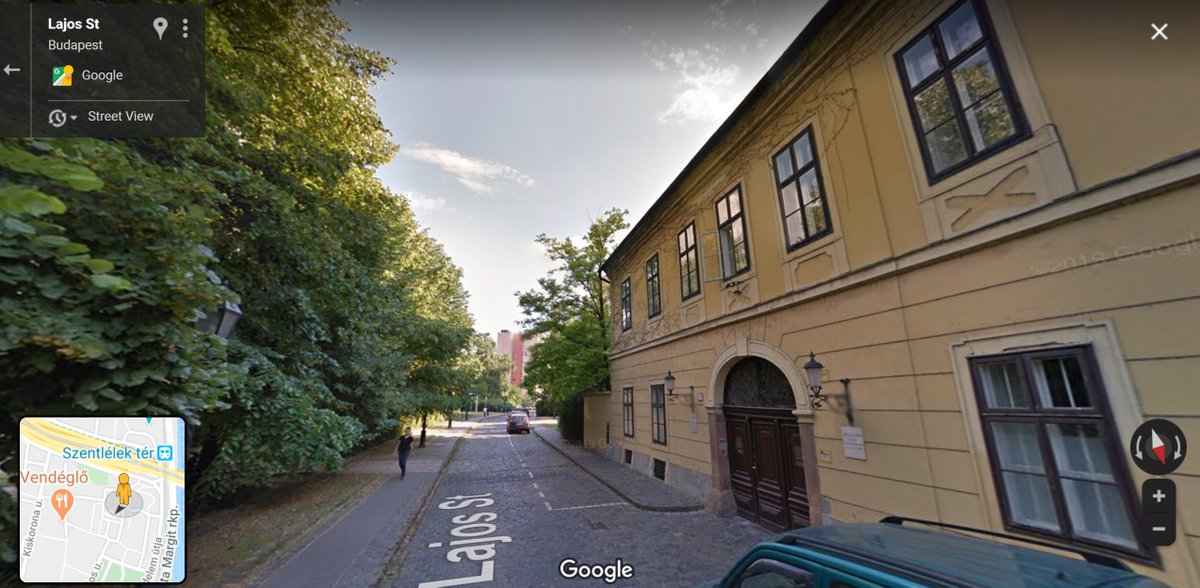Mini Hungarian language lesson: Pest-Buda
Here's the thing: "Which towns united to form the city of Budapest?" is a great quiz question for particularly evil quizmasters. It's one of those that surprisingly many know the answer to.
The wrong answer.
Here's the thing: "Which towns united to form the city of Budapest?" is a great quiz question for particularly evil quizmasters. It's one of those that surprisingly many know the answer to.
The wrong answer.
The entity called Budapest was formed in 1873 from the unification of Buda, Pest and Óbuda.
If you knew this, you're no doubt sitting right now with a smug smile on your face.
And why shouldn't you?
Óbuda ("Old-Buda") is as hidden in the name Budapest as Australia in "CANZUK".
If you knew this, you're no doubt sitting right now with a smug smile on your face.
And why shouldn't you?
Óbuda ("Old-Buda") is as hidden in the name Budapest as Australia in "CANZUK".
But there is another way in which it is hidden, or at least parts of it are.
And they're brilliant.
Come, let me show you.
And they're brilliant.
Come, let me show you.
Since Óbuda is pretty big, let's just concentrate around its main hub: Flórián tér. As you arrive here, what you are likely to see is something drab and dreary, like this:
Not what you'd expect from the place where Marcus Aurelius wrote his Meditations. Or maybe it is, the sight of those horrible flyovers would inspire anyone to have a word with themselves.
So let's approach those flyovers and...yep, there's the ruins of Aquincum alright.
The remains of an actual Roman city, built around by actual 1970s town planning numpties.
The remains of an actual Roman city, built around by actual 1970s town planning numpties.
If we continue our journey through the underpass that exudes a constant and overpowering aroma of stale piss, we can find even better artefacts.
You can visit the Bath Museum too, by this time you won't be shocked by how they are protected from the elements:
To be fair to the builders, they didn't exactly have many options. As the Western end of the (then) longest bridge over the Danube, all that traffic had to go somewhere.
And building around Roman stuff had happened before, here's the Amphitheatre about 1km to the South:
And building around Roman stuff had happened before, here's the Amphitheatre about 1km to the South:
The Roman bits are amazing enough but they're not the only anachronism in this concrete jungle. If we take a sideways glance from the flyovers, we'll see something like this, nothing special.
But walk behind that house with the red roof, and you suddenly find yourself in the 19th century.
Okay, with bus stops, but still. You wouldn't expect this right behind a row of tower blocks.
Okay, with bus stops, but still. You wouldn't expect this right behind a row of tower blocks.
And then all of a sudden, just as abruptly as it began, it ends.
That's enough of old Óbuda for you people, just enough to have romantic dreams about what this place might have looked like before the war, but not enough to see the grim reality of pre-urban slums.
Enjoy!
That's enough of old Óbuda for you people, just enough to have romantic dreams about what this place might have looked like before the war, but not enough to see the grim reality of pre-urban slums.
Enjoy!

 Read on Twitter
Read on Twitter
